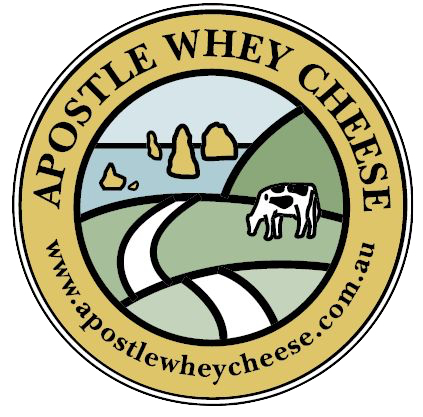Dairy Life | Part 4: Green grass and open paddocks
Welcome to the fourth instalment in our Dairy Life series, which follows the life of one of our dairy heifer calves, right through to her becoming a working milker.
The health and wellbeing of our animals is critical to the quality of our milk and by extension the taste and success of our cheeses. Every decision we make on our farm is designed to produce the highest quality milk possible.
This Dairy Life series aims to help our customers, and other people who aren’t farmers, better understand the intricacies of environmentally sustainable dairy production. It is a way of life that we love, but it’s also a highly demanding job that requires a good education, lots of training, extensive experience and the ability to understand and apply complex aspects of animal and agricultural science.
So please enjoy Part 4 of the series and feel free to ask questions, make comments and interact with each other through the comments section of this blog.
Briney is now four months old, well over 100kg and enjoying life in our grassy paddocks.
She was carefully weaned off milk about a month ago after reaching our goal for her to consume 1kg of grain each day. Once a calf is eating 1kg of grain every day, it’s a good sign they are ready to be weaned off milk.
You may remember from Part 3 of this series that we slowly introduced Briney to grass and fodder from the age of six weeks. In addition to her daily feed of milk, she spent time out of the calf shed so her stomach could prepare itself for a diet of fresh grass and fodder.
The day arrived about four weeks ago for Briney and some of her mates to leave the calf shed for the last time and begin their life in our open paddocks. Briney was very excited and galloped around the paddock exploring her new living arrangements.
Calves almost always spend their first hour or so of paddock-life galloping around and enjoying the wide-open spaces. It’s a very natural thing for them to be exited about all the green grass they have to eat and the free-range environment they now live in.
Briney has now been drenched for worms. This is an important process because pasture exposes animals to parasites and worms that can impact their health and growth rate.
Although calf rearing isn’t as labor intensive for farmers once they are out in the paddocks, their ongoing training and preparation for life in our dairy herd doesn’t stop.
The calves are introduced to electric fences, they learn to feed from a grain trough in the paddock and they have to adapt to life without shedding. Over the years we have planted a lot of shelter on our farm to make sure our animals can escape the wind and find shelter when they need it.
Calves also instinctively learn that they need to eat some dry fodder to absorb some of the moisture from all the fresh grass. This slows their digestion down and helps them absorb more nutrients, which is important for their health.
We have 11 paddocks dedicated to rearing our calves and we operate a double rotation, which means we split the calves into two groups and rotate them separately.
It’s really important that paddocks are not over eaten because this can damage the pasture. Once a paddock has been eaten down to about 80mm, we move the calves and allow that paddock to recover before it is grazed again.
Briney will stay in this rotation until she is about 15 months old. She’ll be about 250kg by then and ready for her next phase of development. Along with the other Autumn 2016 calves, she’ll temporarily leave our farm and head to Bilyana Grazing in Brucknell.
Here she’ll be closely managed as part of Bilyana’s weight gain program to prepare her for motherhood and for joining our dairy herd. We’ll detail this phase of her life in a future edition of this series, but Briney will return from Bilyana as a heavily pregnant two year-old weighing about 600kg.
But for the next 11 months, Briney will stay here on our farm where we’ll keep a close eye on her health and development.
That’s where we leave Briney’s story for a little while. Stay tuned for the next installment as we continue to follow her journey to become a working milker in our dairy herd.


